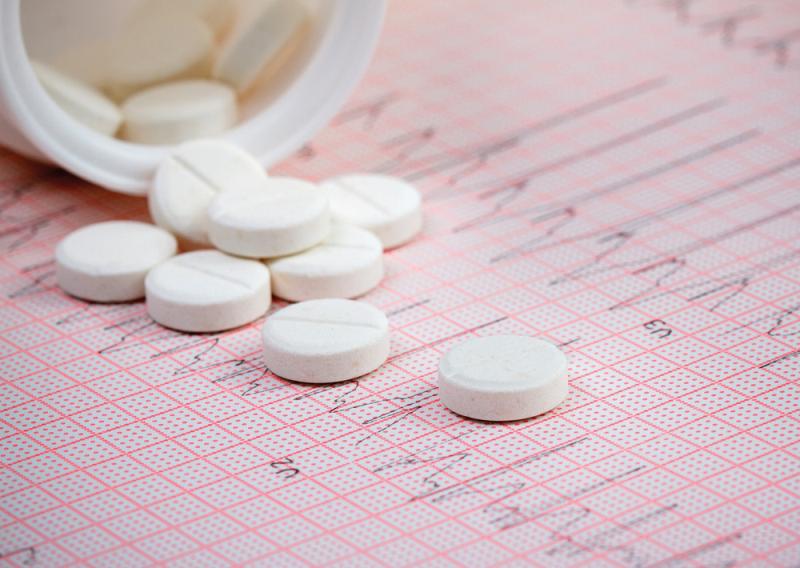
Both prasugrel and ticagrelor yield a substantial reduction in ischaemic events compared with clopidogrel, although the two drugs pose a higher bleeding risk, as shown in a recent study.
Researchers performed a network meta-analysis and direct pairwise comparison analysis of efficacy and safety outcomes of oral P2Y12 inhibitors (clopidogrel, prasugrel, or ticagrelor) for acute coronary syndrome (ACS) patients. Twelve randomized controlled trials (RCTs) were included, with the total population comprising 52,816 patients with ACS.
Relative to clopidogrel, ticagrelor produced a significant decrease in cardiovascular mortality (hazard ratio [HR], 0.82, 95 percent confidence interval [CI], 0.72–0.92) and in all-cause mortality (HR, 0.83, 95 percent CI, 0.75–0.92), whereas prasugrel had no favourable effect on both outcomes (HR, 0.90, 95 percent CI, 0.80–1.01 and HR, 0.92, 95 percent CI, 0.84–1.02, respectively).
When comparing prasugrel and ticagrelor, mortality outcomes were similar (cardiovascular: HR, 1.10, 95 percent CI, 0.94–1.29; all-cause: HR, 1.12, 95 percent CI, 0.98–1.28). The former cut the risk of myocardial infarction (HR, 0.81, 95 percent CI, 0.67–0.98), whereas the latter conferred no risk reduction (HR, 0.97, 95 percent CI, 0.78–1.22).
Stent thrombosis risk markedly decreased with both ticagrelor and prasugrel than with clopidogrel (28–50 percent range of reduction). However, major bleeding significantly increased with the two drugs relative to clopidogrel (HR, 1.26, 95 percent CI, 1.01–1.56 and HR, 1.27, 95 percent CI, 1.04–1.55). There were no significant differences between prasugrel and ticagrelor for all outcomes explored.
More studies are needed to establish the potential mechanisms underlying the greater mortality reduction with ticagrelor vs clopidogrel, which, if confirmed, might have a substantial impact on public health, according to the researchers.